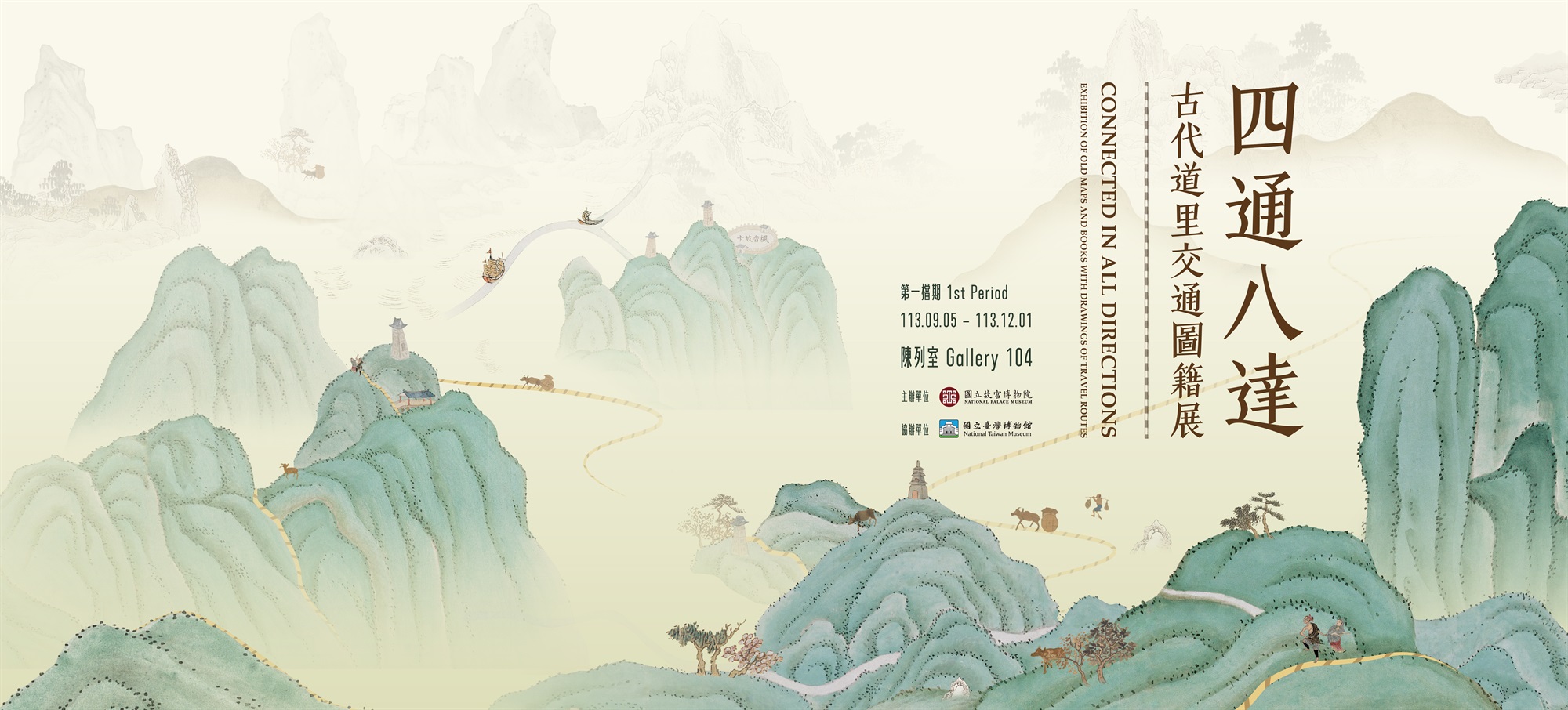Qing Emperors’ Mausoleum Visits
Qing dynasty mausoleums consisted of eastern mausoleums, western mausoleums, and mausoleums outside the pass. Visits to these mausoleums were important political events for the emperors. To prepare for these visits, decrees would be issued months in advance to announce the visit dates, and the itineraries, distances, and dwelling resorts would be planned. Consequently, maps that detailed emperors’ mausoleum visit routes, such as the “Route Map of the Capital to Shanhai Pass,” “Route Map of Shanhai Pass to Xiayuan Palace,” and “Map of the Route and Imperial Resting Places from the Capital to the Xiao Tomb” (which are introduced in this exhibition) emerged. The first two maps record the routes and scenes along the way during the emperor’s visit to the Yongling Tomb (the ancestral tomb of Nurhaci) in 1829. The maps use red dotted lines to denote roads starting from the Chaoyang Gate in the capital, heading east to Shanhai Pass, and then heading northeast to the Xiayuan Palace, Yongling Tomb, and Xingjing City, with daily stops marked using yellow labels. Regarding the “Map of the Round and Imperial Resting Place from the Capital to Xiao Tomb,” we surmise that the dates on the yellow tags signify the time of Emperor Guangxu’s (1871-1908) journey to and from the Eastern Tombs in 1890 under the order of Empress Dowager Cixi (1835-1908). The Eastern Tombs, which serves as the focal point of the map, is divided into front and back to illustrate the outbound and return journeys, respectively. For the outbound journey, the route starts from the Donghua Gate in the capital and ends at the Eastern Tombs in Zunhua State. For the return journey, the route starts from the Eastern Tombs and ends at the capital city. The main routes are also shown in red dotted lines.


